Easy Way to Fade Your Own Hair
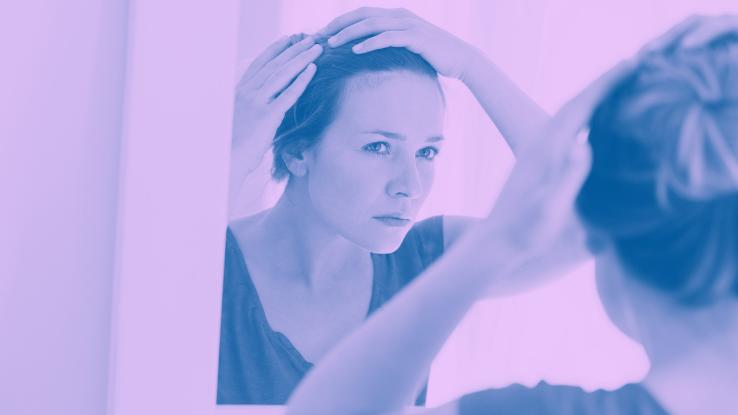
Recently, multi-talented superstar Jennifer Lopez (Hustlers, Selena) appeared in a commercial for For Hers. Although Lopez appeared on the small screen in the ad, her impact was huge, and has had millions of people across the country taking a fresh look at Rogaine and the embarrassment some feel surrounding hair loss and treatments.
Rogaine, which is known by the scientific name minoxidil, is a common hair growth treatment that's been around for quite some time, but it's certainly worth a second look. So, what makes minoxidil work? While some get great results, others report less optimal side effects. Here, we'll dig into whether or not the treatments are as beneficial as the commercials claim.
Minoxidil, often appearing in the United States under the commercial name Rogaine, is available as a topical foam or solution. This treatment helps to restore balding or thinning hair. It comes in 2%, 3%, and 5% strength solutions, and it is safe to use as a long-term method of combatting thinning hair.
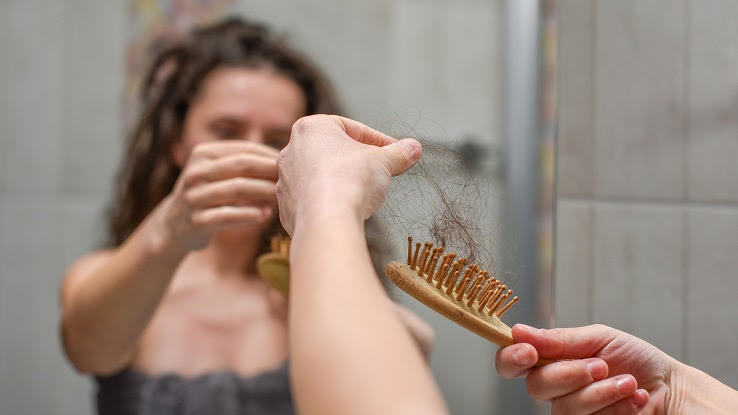
Minoxidil was originally brought to the market as an oral vasodilator used to treat high blood pressure. The drug was granted emergency use status by the Food & Drug Administration (FDA) because it was one of the first drugs that could treat high blood pressure, and there were thousands of patients in life-or-death situations. Many doctors were eager to prescribe the new medicine to patients. One of the most widely reported side effects was hypertrichosis, an overgrowth of hair all over the body. Commonly, this occurred on the patient's face and the arms. Thankfully, stopping the treatment curbed the overgrowth of hair.
As concerning as this may have been for some of the first patients, it was also exciting for many professionals in the medical community. Soon, experts made a topical minoxidil solution, which, when applied to the scalp, helped restore hair growth in thinning or balding areas.
How to Use Minoxidil
Minoxidil comes in a variety of concentrations, so it's important to consult a doctor, trichologist, or dermatologist to determine the best concentration for you. There are negligible differences between the foam and liquid versions of the treatment, so each you can use whichever method you prefer.
Before treating your hair with minoxidil, inspect your scalp for cuts, irritation, inflammation, or sunburn. If your skin is not intact, minoxidil can be absorbed into the bloodstream; since it's a very effective antihypertensive medicine, accidental exposure could cause dangerously low blood pressure if you don't have hypertension.
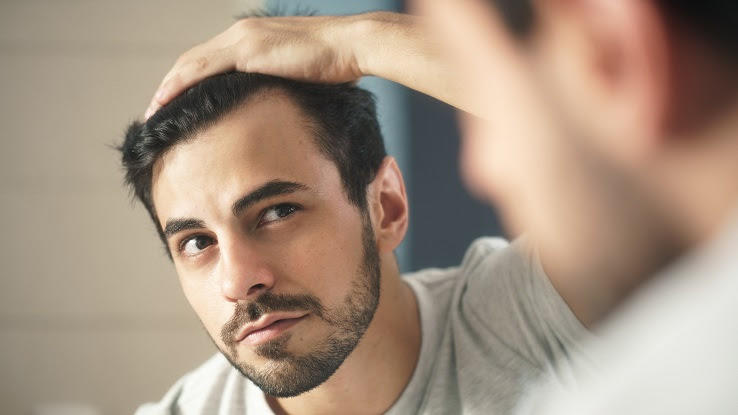
Next, thoroughly clean your entire head by washing your hair with shampoo. After rinsing and drying your hair, part it to expose the bald or thin spots. Apply 20 drops of the liquid minoxidil solution and rub it into the scalp. When using foam, 20 drops is usually equivalent to about half a cap.
After application, minoxidil needs to dry completely. Do not stack any other hair products on top of minoxidil until it has dried completely. Moreover, don't go to sleep before the treatment dries; getting minoxidil on your pillowcase has little benefit for your hair, but it does heighten your chances of getting the medicine on other parts of your body.
Be sure to wash your hands thoroughly after using minoxidil, and take special care to only apply it to the scalp. Be diligent about thoroughly washing any other areas of your body that are accidentally exposed to minoxidil because hypertrichosis can occur. Always read the instructions of the specific minoxidil solution you have purchased.
When to Use Minoxidil
Minoxidil is not a one-size-fits-all hair growth treatment. The treatment works for very specific types of hair loss, many of which are associated with aging. Minoxidil first found fame as a treatment for so-called "male pattern baldness," which is also known as androgenetic alopecia. Although balding or thinning hair can occur in people of all genders, it's most common in cisgender men. For people of other genders, this type of alopecia might cause more thinning than balding.
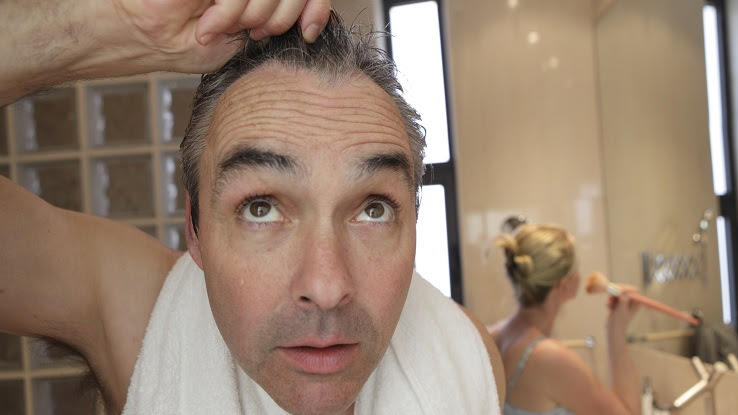
Often, this type of alopecia starts as a receding hairline, progresses to thinning or total baldness around the crown, and spreads slowly until the person is completely bald. This is the specific type of hair loss — often appearing in middle-aged adults — that minoxidil is most effective at treating.
Minoxidil will not help people who are experiencing a receding hairline that's not associated with androgenetic alopecia. For example, minoxidil can not effectively treat postpartum hair loss or any other causes associated with sudden baldness. Even in cases of androgenetic alopecia, minoxidil cannot be used in anyone younger than 18 years of age.
Is Minoxidil Effective?
Unfortunately, minoxidil does not work for some people. Sometimes, it helps hair to grow where a person previously had a thin or bald spot. In other patients, minoxidil merely stops hair loss from continuing. In about one-third of people, minoxidil is neither effective in growing hair or stopping hair loss.
However, at the time it was discovered, a hair-growth treatment that's effective in roughly 60% of people was considered revolutionary. Even though there are more advanced surgical treatments available today, but minoxidil remains one of the most effective, at-home hair-loss treatments.
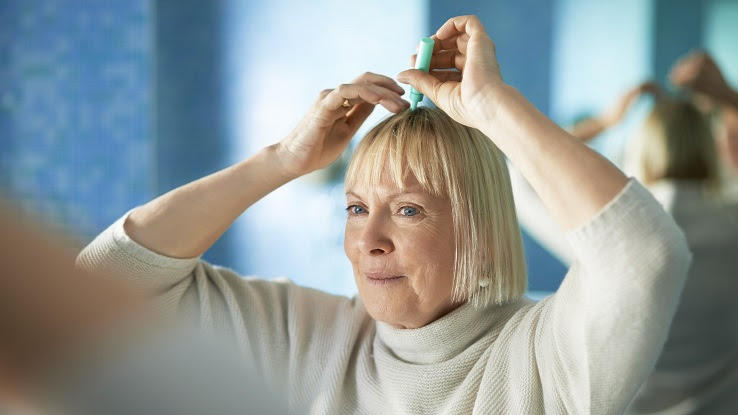
For cisgender women, the results are less spectacular with the topical solution only being found effective in 19% of users who were studied. Scientists are still unsure why, exactly, minoxidil encourages hair growth, but some speculate that the effect is a consequence of increased blood flow around the hair follicles. It's also important to note that minoxidil doesn't work overnight for anyone. Rather, you'll most often see results, if any, after four months of regular treatment.
Side Effects Associated with Minoxidil
The most common reaction to minoxidil is irritation at the application site. Although allergies are rare, people who are allergic to minoxidil can experience anaphylactic shock. Moreover, if used improperly, minoxidil can cause low blood pressure, which can result in fainting, dizziness, or tachycardia.
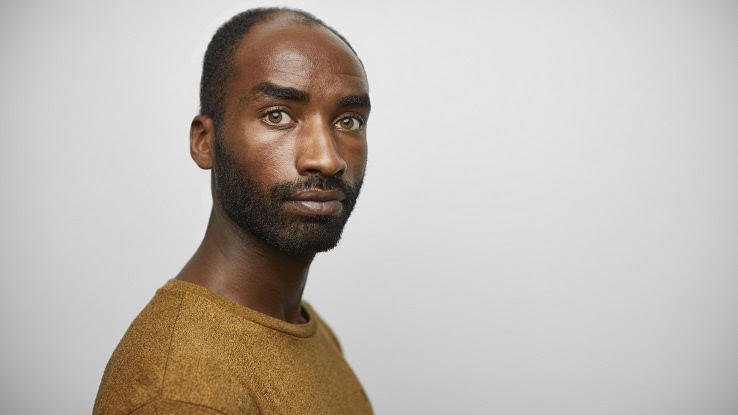
Although various brands may have their own slight differences, some minoxidil users have reported an unpleasant, alcohol-like odor from the treatment. This is not a common complaint, so it's likely due to other ingredients in some brands of minoxidil-based treatments. In short, for people experiencing thinning hair or bald spots, long-term use of minoxidil is often one of the most effective, accessible treatments.
Resource Links:
- "Androgenetic alopecia" via MedlinePlus
- "Infantile generalized hypertrichosis caused by topical minoxidil" via Brazilian Society of Dermatology | U.S. National Library of Medicine
- "A one-year observational study with minoxidil 5% solution in Germany" via Journal of the American Academy of Dermatology (JAAD)
- "Hair Loss: Treatment" via American Hair Loss Association
- "Hypertrichosis" via StatPearls | National Center for Biotechnology Information (NCBI)
Source: https://www.symptomfind.com/beauty-wellness/minoxidil-hair-growth?utm_content=params%3Ao%3D740013%26ad%3DdirN%26qo%3DserpIndex&ueid=b749454b-9cd5-4cc1-8612-190b7045f5ea
0 Response to "Easy Way to Fade Your Own Hair"
Post a Comment